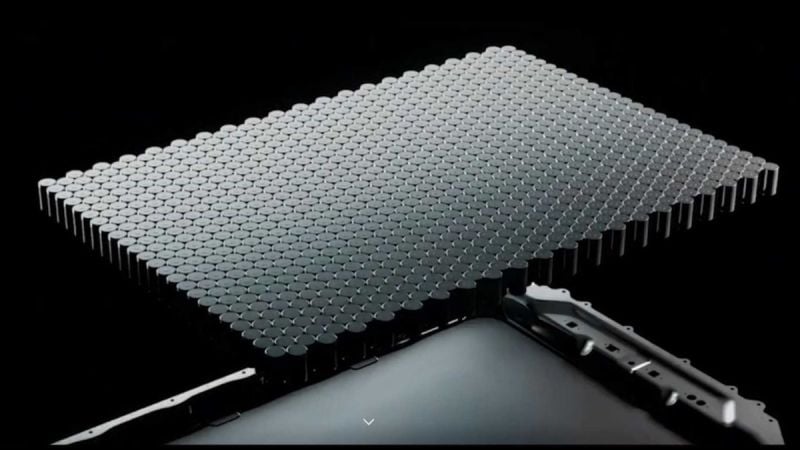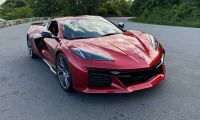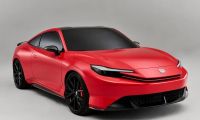“Our goal is to localize all key parts of the vehicles on the continent — at least the continent, if not closer, to where the vehicles are produced,” Drew Baglino, senior vice president of powertrain and energy engineering at Tesla, said during Q3 earnings call. “That is our goal. We’re working internally with our suppliers to accomplish that goal, and not just at the end assembly level but as far upstream as possible.”
A quick explanation on LFP batteries would be as follows: compared to the other high-quality rechargeable battery technologies (nickel-cadmium or nickel-metal-hydride), Li-ion batteries have a number of advantages. For starters, they have one of the highest energy densities of any battery technology today (100-265 Wh/kg or 250-670 Wh/L). In addition, Li-ion battery cells can deliver up to 3.6 Volts, 3 times higher than technologies such as Ni-Cd or Ni-MH. This means that they can deliver large amounts of current for high-power applications, and besides Li-ion batteries are also comparatively low maintenance, not requiring scheduled cycling to maintain their battery life.
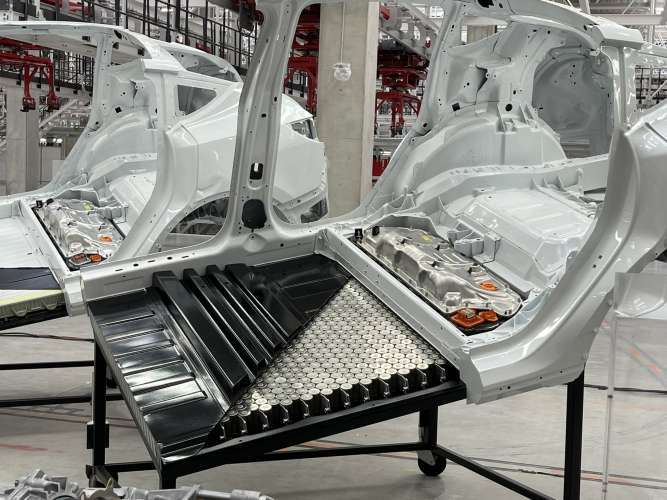
Another advantage is that Li-ion batteries have no "memory effect", a detrimental process where repeated partial discharge/charge cycles can cause a battery to "remember" a lower capacity. This is an advantage over both Ni-Cd and Ni-MH, which display this effect. Li-ion batteries also have low self-discharge rate of around 1.5-2% per month. They do not contain toxic cadmium, which makes them easier to dispose of than Ni-Cd batteries.
The LFP battery (lithium ferrophosphate), is a type of lithium-ion battery using lithium iron phosphate (LiFePO4) as the cathode material (hence the name), and a graphitic carbon electrode with a metallic backing as the anode. It is a type of lithium-ion battery that is capable of charging and discharging at high speeds compared to other types of batteries.
The energy density of LiFePO is lower than that of lithium cobalt oxide (LiCoO), and also has a lower operating voltage. The charge-discharge profiles of LFP cells are typically very flat. The main drawback of LiFePO is its low electrical conductivity. Therefore, all the LiFePO cathodes under consideration are actually LiFePO/C (composite made with Carbon). Because of low cost, low toxicity, well-defined performance, long-term stability, etc. LiFePO is finding a number of roles in vehicle use, but also in utility scale stationary applications, and backup power.
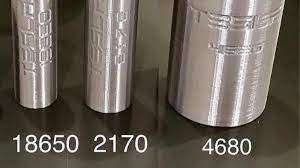
LFP batteries contain neither nickel nor cobalt, both of which are supply-constrained and expensive. As with lithium, human rights and environmental concerns have been raised concerning the use of cobalt. One important advantage over other lithium-ion chemistries is thermal and chemical stability, which improves battery safety. LiFePO is an intrinsically safer cathode material than LiCoO and manganese dioxide spinels through omission of the cobalt, with its negative temperature coefficient of resistance that can encourage thermal runaway. The P–O bond in the (PO4)- ion is stronger than the Co–O bond in the (CoO2)− ion, so that when abused (short-circuited, overheated, etc.), the oxygen atoms are released more slowly. This stabilization of the redox energies also promotes faster ion migration.

As we can see, a combination of all these facts helped Tesla decide to move battery production closer to their car production facilities. As per the Washington Post´s comments “...a shrewd, prescient and realistic move. For one, these aren’t just cheaper batteries; they are safer and readily available. That means even if they aren’t going to take Teslas several hundreds of miles away on one charge, they will drive the company toward greater sales and, ultimately, wider adoption of greener vehicles. A Tesla Model 3 on these lithium iron-phosphate, or LFP, powerpacks can still go 468 kilometers (290 miles). That’s really not that short a distance — these batteries will do the job.”
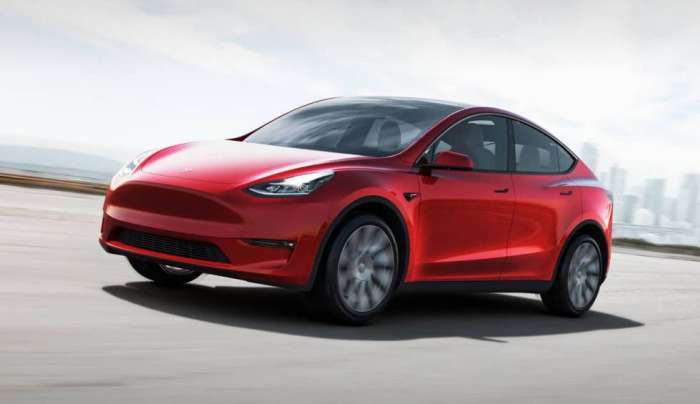
At some point in 2022 Tesla will be able to start series production of its own 4680 battery cells and packs for the Model Y and Model 3 that will be produced in Texas and in Berlin, as I mentioned before; and they probably will use their current solution with the 2170-type cells until ramp up production is achieved.
Nico Caballero is the VP of Finance of Cogency Power, specializing in solar energy. He also holds a Diploma in Electric Cars from Delft University of Technology in the Netherlands, and enjoys doing research about Tesla and EV batteries. He can be reached at @NicoTorqueNews on Twitter. Nico covers Tesla and electric vehicle latest happenings at Torque News.


